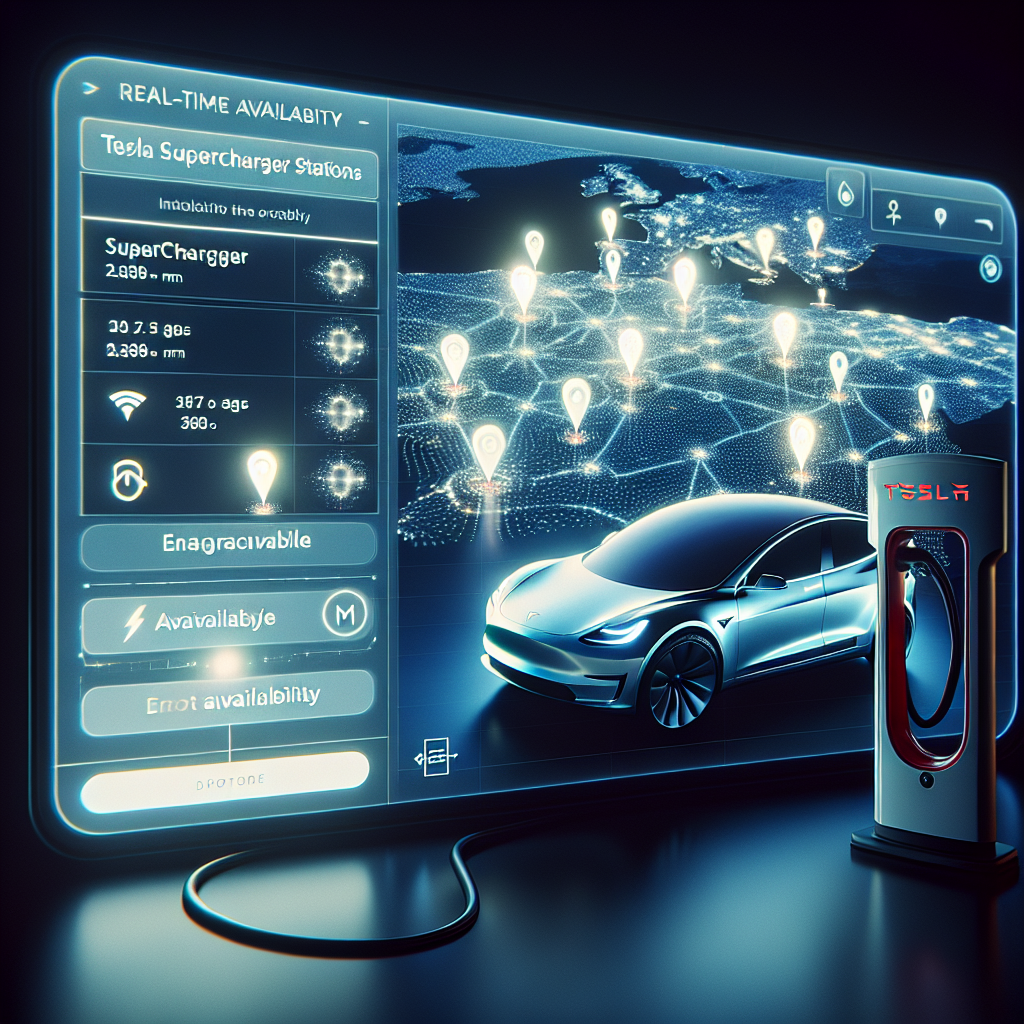In a move signaling deeper integration between electric vehicle infrastructure and mainstream navigation platforms, Google Maps has added real-time availability data for Tesla Superchargers. As first reported in the article “Google Maps Can Now Tell You If a Tesla Supercharger Is Available” by Startup News FYI, the update allows Tesla drivers using Google Maps to see whether a nearby Supercharger has available stalls, a feature previously limited to Tesla’s own navigation system.
The capability marks a significant step toward improving the overall accessibility and convenience of electric vehicle (EV) travel, a key concern as more drivers switch to EVs and demand for public charging increases. By incorporating real-time Supercharger information, Google Maps now offers Tesla owners—and potentially other stakeholders in the EV space—a streamlined way to plan routes and charging stops without needing to switch between separate apps.
Google’s incorporation of detailed EV infrastructure data is part of a broader push to enhance its mapping services as the automotive landscape shifts. While Google Maps already featured EV charger availability for a variety of networks, such as ChargePoint and EVgo, access to Tesla Supercharger data had long remained absent. Tesla’s cooperation in this integration signals a potential shift in strategy for the company, which has historically maintained tight control over its charging ecosystem.
The development also arrives as Tesla opens more of its proprietary charging network to non-Tesla vehicles, including through partnerships brokered with government agencies in both the United States and Europe. Real-time visibility into Supercharger usage could help reduce congestion at high-traffic stations and optimize distribution during peak demand periods.
Although neither Google nor Tesla has disclosed specific technical details behind this integration, the enhancement suggests closer collaboration between the Cupertino-based tech giant and the electric car manufacturer. It also may pave the way for further data-sharing agreements, enabling more sophisticated route planning and better load management across EV charging networks.
As the EV sector grows more competitive and consumer expectations evolve, the seamless integration of services like mapping, real-time data, and vehicle systems will play a crucial role in adoption. The addition of Tesla Supercharger status to Google Maps is a small but meaningful example of this trend, and one that suggests increased interoperability between technologies once portrayed as closed ecosystems.



